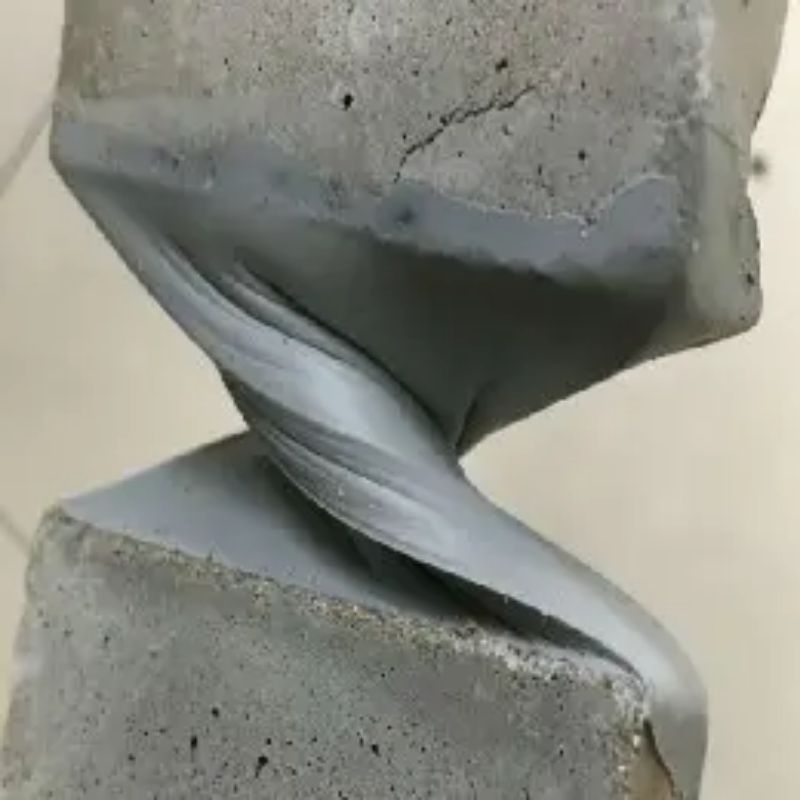In the ever-evolving landscape of modern construction, the importance of utilizing cutting-edge materials cannot be overstated. Among these materials, construction sealants, particularly joint sealants, have emerged as a critical component in ensuring the durability and longevity of structures. As the construction industry continues to embrace technological advancements, the use of high-quality sealants has become a pivotal factor in enhancing both the aesthetic appeal and structural integrity of buildings.
Construction sealants, often referred to as joint sealants, play a vital role in protecting structures from the detrimental effects of external elements such as water, air, and pollutants. With the rapid pace of urbanization, buildings are exposed to a variety of environmental stresses that can compromise their stability over time. Joint sealants provide a robust barrier against moisture penetration, thereby preventing potential damage like corrosion, mold growth, and structural weakening.
The demand for effective construction sealants has led to significant innovations in materials and application techniques. Modern sealants are formulated to withstand extreme weather conditions, temperature fluctuations, and UV radiation. This adaptability ensures that structures maintain their structural integrity even in the face of adverse environmental challenges.
Moreover, the application of construction sealants offers benefits beyond protection. Joint sealants contribute to energy efficiency by enhancing insulation and reducing air leakage, ultimately leading to reduced energy consumption and lower utility bills for building occupants. This aligns with the global trend towards sustainable construction practices and green building certifications.
For architects and designers, construction sealants provide a wide array of design possibilities. They can be color-matched to the building’s exterior, contributing to a cohesive and visually appealing aesthetic. Additionally, the use of sealants in various architectural features, such as expansion joints and façade detailing, allows for the creation of intricate designs that capture the essence of modern architectural trends.
In light of these considerations, it is evident that construction sealants, specifically joint sealants, are not only instrumental in safeguarding structures but also in elevating the overall construction quality. As the construction industry continues to evolve, professionals are increasingly recognizing the significance of integrating advanced sealant solutions into their projects.
In conclusion, the adoption of high-performance construction sealants, including joint sealants, marks a significant advancement in contemporary construction practices. These sealants not only offer superior protection against environmental factors but also contribute to energy efficiency and architectural innovation. As builders and designers strive to create structures that stand the test of time, the role of construction sealants remains indispensable in achieving this goal.
For more information, please visit [www.chemsealant.com] or contact [info@shchempu.com].
Post time: Aug-07-2023

